Green Island Cement (GIC) is the oldest established cement company in Asia having first commenced business in Macau in 11/05/1886, when His Excellency Tomas de Sousa Rosa, Governor of the Province of Macau and Timor, granted a license to solicitor Creasy Ewens of Hong Kong to establish a cement factory in Ilha Verde, or Green Island.
青洲英坭是亞洲歷史最悠久的水泥廠,早於1886年5月11日便在澳門開展業務,當時執掌澳門及葡屬帝汶兩地之總督托馬斯·羅沙(Tomas de Sousa Rosa)頒發牌照予一名香港律師艾雲斯(Creasy Ewens),以在澳門青洲(Ilha Verde ("Green Island"))建立一間水泥製造廠。
The factory site was conveniently close to the Inner Harbor where barges brought in limestone from neighboring Guangdong Province and loaded cement for export to China.
該廠地點靠近內港,交通便利,駁船可從鄰近的廣東省運來石灰石,並裝載水泥出口到中國。
Green Island Cement's early years in Hong Kong were as turbulent as the times. The company was established in 03/01/1887.
香港青洲英坭早年隨時代經歷了不少動盪。該公司成立於1887年1月3日。
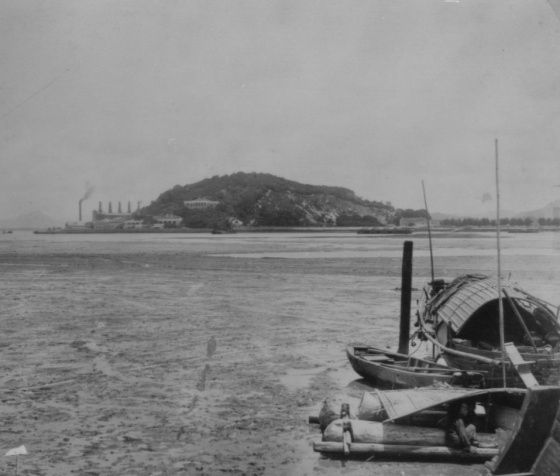
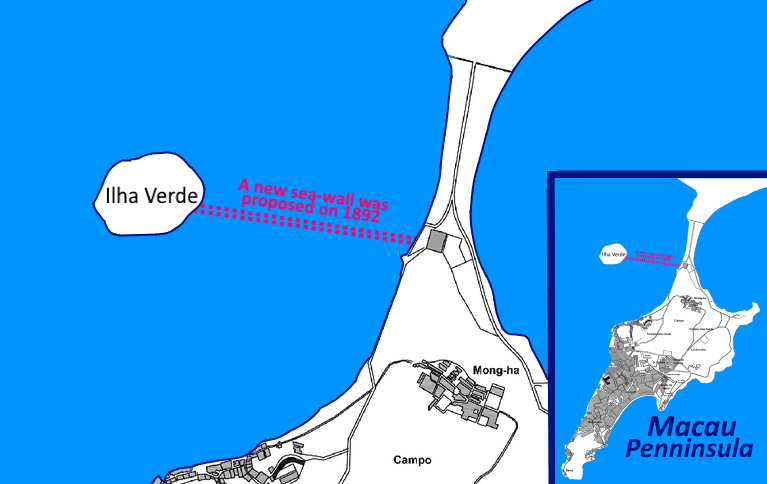
Ilha Verde location
澳門青洲位置
In 1900, the Hok Un plant was established at the Hok Un site which (was constituted from three Marine Lots) was leased from the HK Government and reclaimed by GIC. GIC won several major projects in early 1900 and its rotary kilns had been so successful.
青洲英坭於1900年在九龍鶴園建立廠房,該地點是由三塊沿海地段拼湊而成,是當時向香港政府租地並從自行填海得來。青洲英坭於1900年初奪得數個重大項目,其旋轉窯亦運作得非常成功。
GIC's another new plant in Hok Un was completed in 1931 with equipment which was the most advanced of its time.
青洲英坭的另一座鶴園新廠於1931年竣工,擁有當時最先進的設備。
The annual capacity of the plant was 100,000 tons of Portland cement (compared with 9,000 at the old plant), plus 15,000 tons of the newly introduced fast-hardening Emeralcrete. However it was to be seven years before the production came close to this capacity. For many years the company flourished but in the early 1930’s the authorities in Guangdong Province placed an embargo on imported cement and with its major source of revenue lost, Green Island Cement was forced to close its Macau factory in 1936.
該廠的年產能為100,000噸硅酸鹽水泥(舊廠為9,000噸),外加15,000噸新引進的快硬Emeralcrete。然而,公司花了7年時間把產量提升至接近這個產能水平。多年來,青洲英坭不斷興盛,但在1930年代初,由於廣東省當局禁止水泥進口,導致公司主要收入大減,青洲英坭於1936年被迫關閉其澳門廠房。
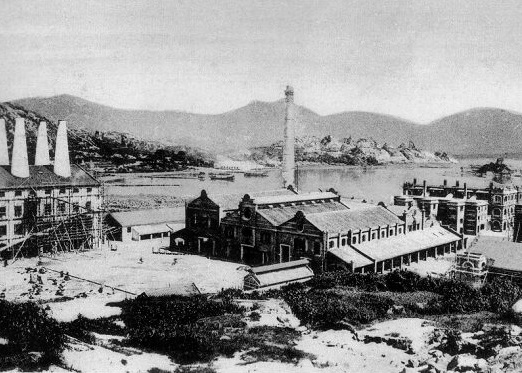
Hok Un Plant in 1900
1900年的鶴園廠
The plant had been closed in early 1940s during the Second Sino-Japanese War and was reopened in 1943. The business was recovered and profit was recorded in 1948.
在第二次中日戰爭期間,該廠於1940年代初曾經關閉,並於1943年重開,後來在1948年業務漸見起色並錄得盈利。
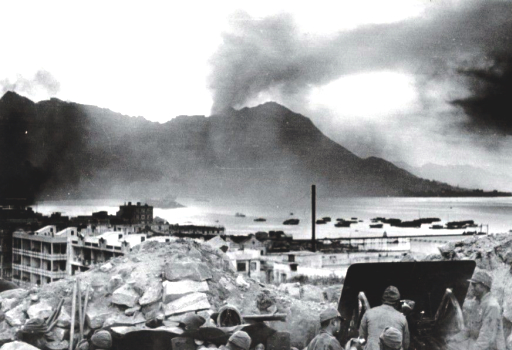
In 1970s, the company had established a depot at Sai Wan Kennedy Town for packaging and storing cement. It was so amazing that a cement silo was completely hidden inside the building.
於1970年代,青洲英坭在西環堅尼地城設立了一個倉庫,用於包裝和貯存水泥。令人驚嘆的是,一個水泥筒倉竟完全隱藏在建築物內。
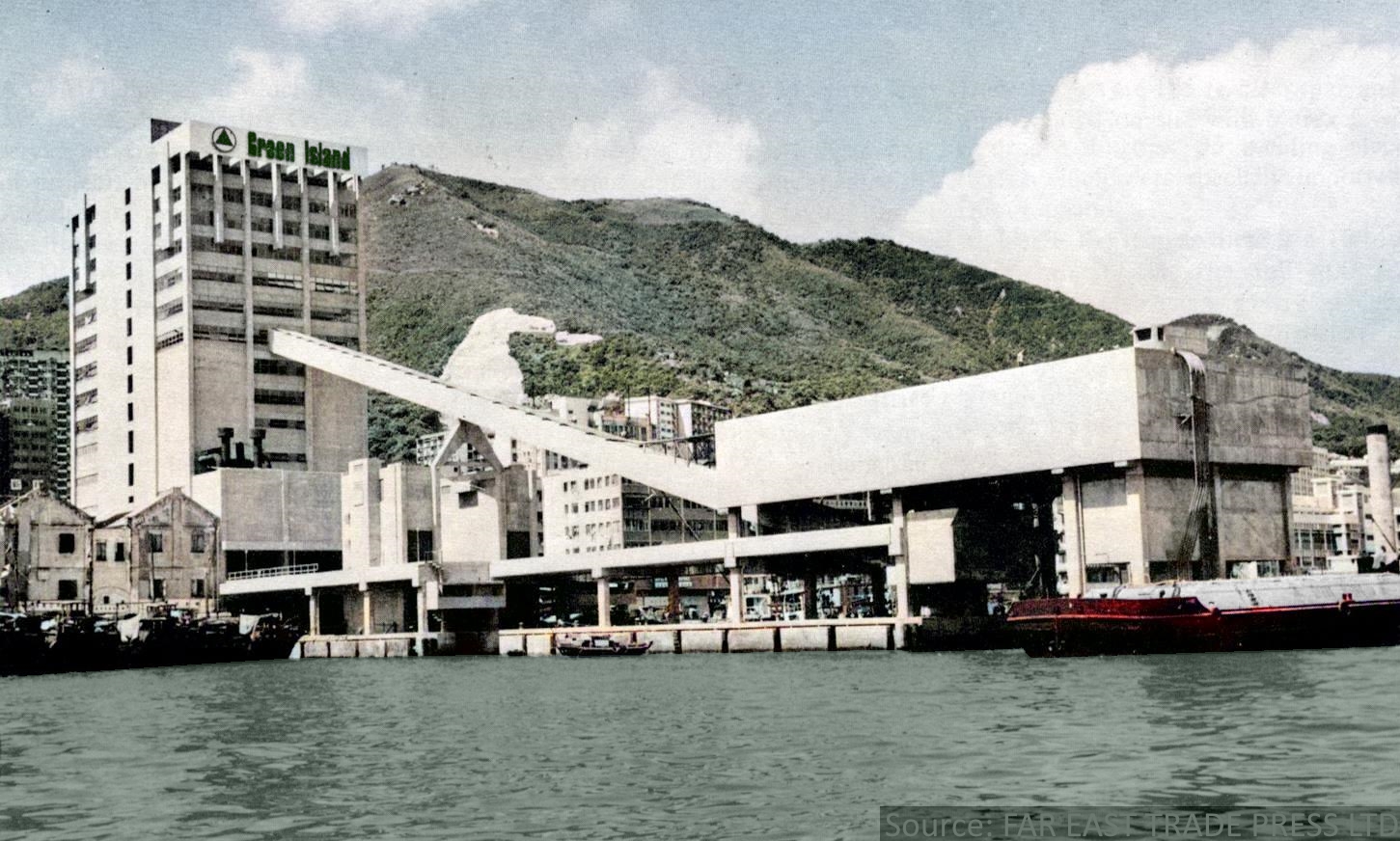
Depot in Sai Wan Kennedy Town
位於西環堅尼地城的倉庫
Green Island Cement reaffirms its faith in the future of Hong Kong with the completion of its new Hok Un Plant in 1983 and looks forward to ever growing prosperity for the entire community.
青洲英坭於1983年建成新的鶴園廠房,再次展現出對香港未來的信心,並期盼整個社區日趨繁榮。
The new plant is extremely compact and has the world's highest ratio of production to land use in that time.
新廠佈局非常密集,具有當時世界上最高的土地產出率。
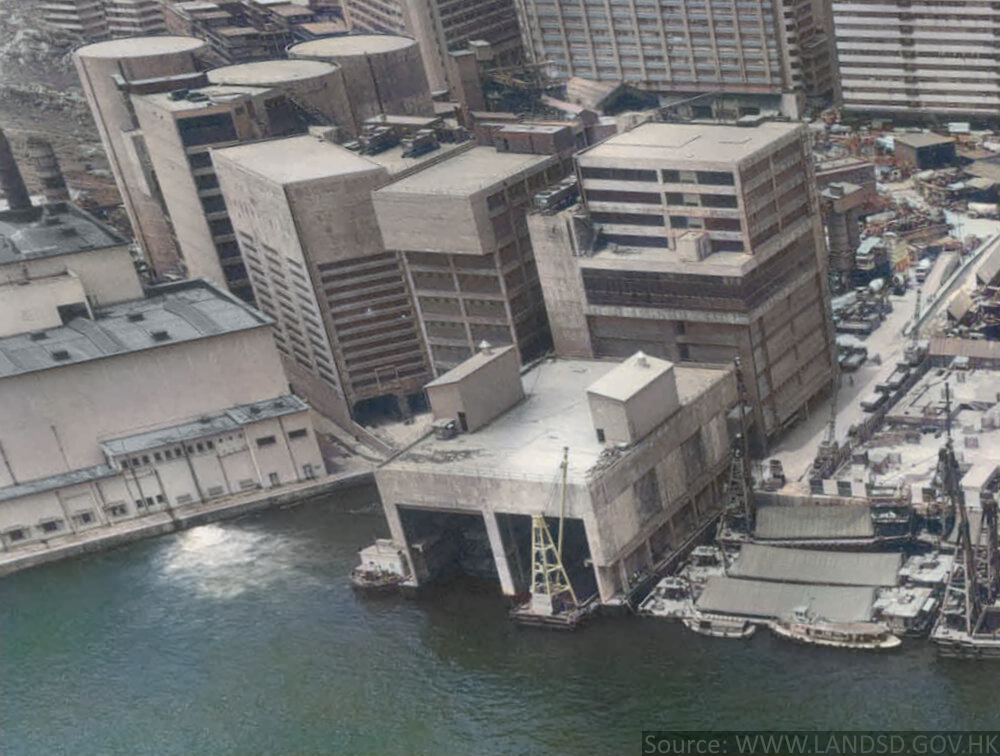
Hok Un Plant
鶴園廠房
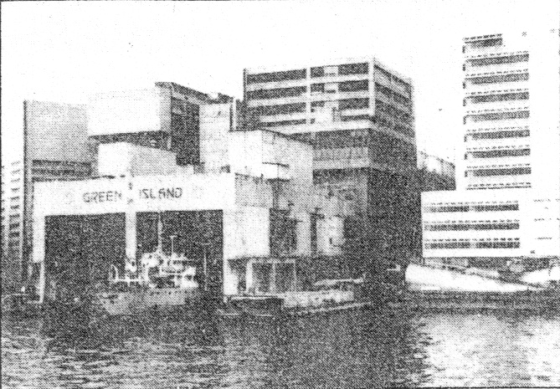
Green Island Cement's Jetty
青洲英坭碼頭
In 1982, Tap Shek Kok plant had been constructed and started up early next year.
踏石角水泥廠於1982年落成,並於1983年初投入使用。
Years later, GIC had been merged with China Cement and the operation had been moved to TSK.
數年後,青洲英坭與中國水泥合併,並將生產業務由紅磡遷往踏石角。
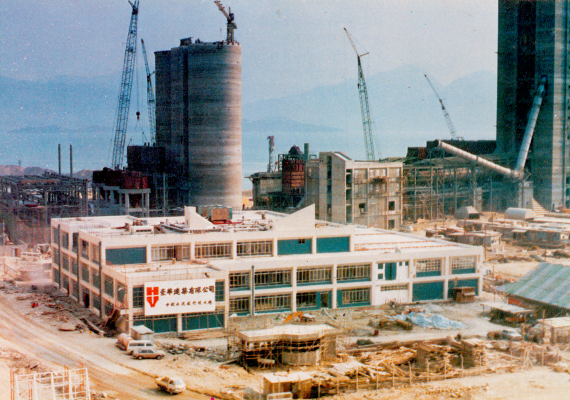
TSK plant under construction, in around 1982
約在1982年興建中的踏石角廠房
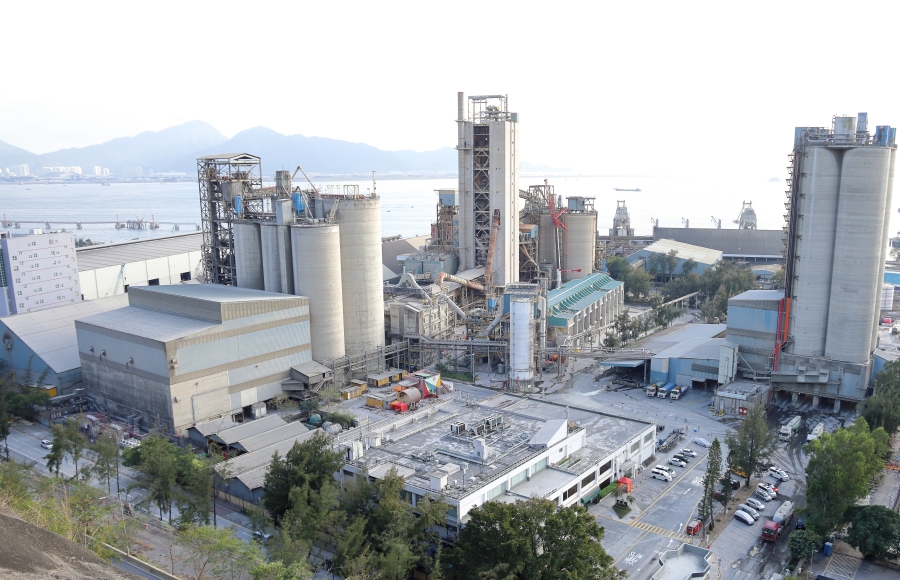
TSK plant at present
現在的踏石角廠房